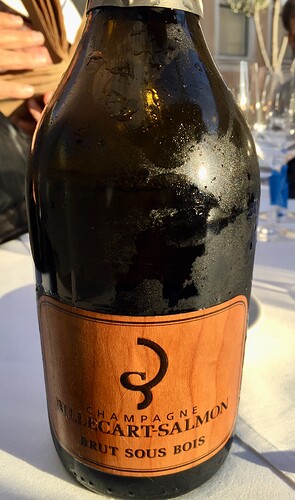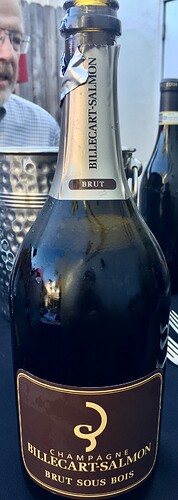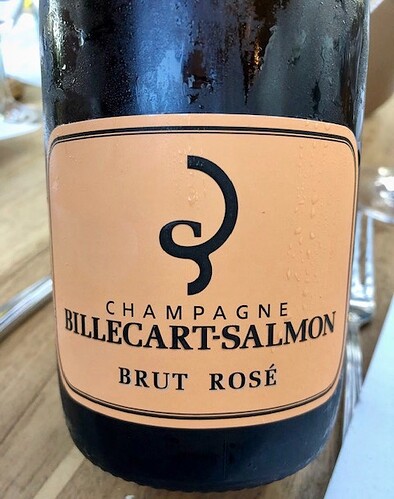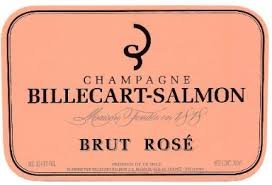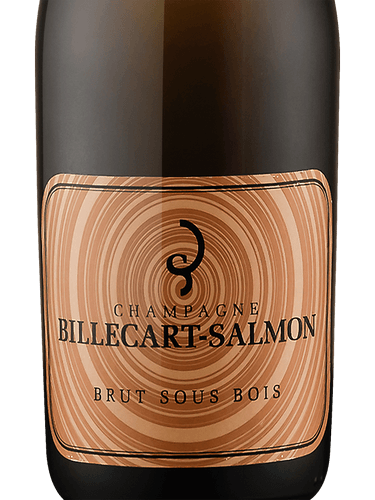Recently, I had a first time exposure to the NV Billecart-Salmon Brut Sous Bois and loved it to the extent of opting to buy some. When I received the bottles I purchased, I noticed the label was a dark brown as compared to the initial bottle which was burnt orange. I checked the back label and there was no information I could decipher from either one to provide any details about them.
Also, I’ve noticed a change in the style in the last couple of years in the NV Billecart-Salmon Brut Rose and have self questioned if that had indeed occurred.
So, I contacted the house about these 2 issues and received some really nice feedback regarding both .
The first response re the Brut Sous Bois stated:
B-S: “There is actually not a big difference between the two. It is the same blend ( 1/3 of each variety grape ), same amount of sugar ( 7gr ), pretty much the same time on the lees as well ( around 6 years ).
We just changed the label 3 times, so one is older than the other one. Dark brown label being the youngest.
As it is a non vintage, the base year is probably different as well, but we would need the lot numbers to give it to you.
I think, the most important to know is, you should drink the oldest first.”
Me: So, I checked the back label again to see if any lot numbers were shown and responded with what I discovered and here was the reply:
B-S: “On the wooden label ( cherry wood ), the lot number is engraved just below the back label.
For this one the base year is 2010.
On the brown label, the lot number is at the bottom of the sleeves
For this one I need to see the lot number, but probably 2011.
And in fact the wooden label is the newest one.
So here we decided to release the one based on 11 before the one based on 10, because this lot was ready first.”
Me: So, the brown labeled bottles I bought of Brut Sous Bois have a base of 2011 and most of those who drank both, preferred it over the 2010 based wine. I thought they were both very good and very similar and in a blind tasting, would have not been sure of which was which.
Me: My question about any intentional style change for the NV Brut Rose is related especially to a change in the fruit profile I’ve noticed with the older releases having red raspberry and strawberry as opposed to more red cherry in the latest releases; plus, the recent releases seem to have much more body and less elegance. As an aside and pertinent to their reply, I tend to drink most champagnes around 46-53 degrees F. Here is their reply:
B-S: “Talking about the rosé, I just talked to the cellar master, and we both think that it is still pretty much on ripe strawberries and raspberries, but it also depends very much at what temperature you drink it.Ideally, around 9/10 °C. Now for the body, you are completely right, and this is because we use more and more wines done with Grand Cru grapes, and probably also due to the global warming bringing more richness in the wines.
You can find quiet a few technical information about our different Cuvées on our web site www.champagne-billecart.fr
Although, disgorgement date is only on our vintage champagnes for the moment.”
I just had the Brut Rose last night and it was delicious with loads of red cherries, full bodied, rich and complex.
Cheers,
Blake
